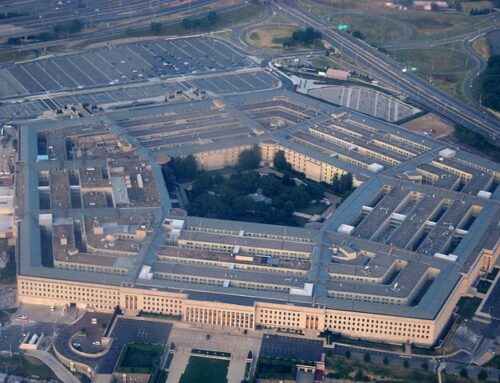At last, the Department of Homeland Security has given us some idea of what its border fence is going to cost—and it looks like a lowball. The Government Accountability Office today released its review of DHS’ expenditure plan for its Secure Border Initiative (SBI), the plan that has held up half of the $1.2 billion in FY 2008 fence funding pending approval by the House Appropriations Committee. Among other things, the plan was to include a full accounting of how the agency has spent the $2.7 billion dollars Congress has given SBI since its 2005 launch (another $775 million is proposed for FY 2009). A large amount was clearly spent on establishing the SBI program office, which has grown to encompass 249 government employees and contractors, with plans to expand to 359.
Neither GAO nor House Homeland Security Appropriations Chairman David Price (D-NC) were very happy with the plan when DHS submitted it in April. GAO said the plan “does not provide detailed justification for all planned SBI expenditures” or “provide Congress with reasonable assurance that funding is used for the highest priority requirements.” The initial document also failed to estimate maintenance costs for “tactical infrastructure”—including physical fencing as well as the $7 billion “virtual fence” project known as SBInet—or compare costs of alternatives to fencing such as using technology or increasing patrol agents.
DHS’ response, included as an addendum to the GAO report, estimated that fencing costs for most segments would range from $3 to $5 million per mile, with vehicle barriers at $2 million per mile and levee walls at $5 million per mile. But are these estimates realistic? Bids recently submitted for the initial 1.7 mile segment of a 22-mile concrete levee wall in McAllen, Texas, range from $20 to $30 million. And as we have noted, the fence running along 13 miles of California’s southern border with Mexico costs about $10 million per mile—more than ten times the initial estimate—when maintenance costs are included.
Maintenance will likely cost more than construction in the final analysis. Boeing was paid $122 million to construct vehicle and pedestrian fencing along 32 miles of the Barry M. Goldwater Range in Arizona according to the report, or $3.8 million per mile. DHS said it could not provide estimates for the fence’s 20-year life cycle due to lack of maintenance cost data, but such costs have far exceeded estimates for fencing in Arizona, California and Texas, where full-time maintenance crews have been deployed to fix the 15 to 20 holes ripped in the fence each day.
The House released $175 million to DHS last week after the agency warned that 19 pedestrian fencing projects it hopes to complete by the end of the year would be delayed without it. Judging by DHS’ history of poor contract planning and cost overruns, however, Price better double-check the math before he hands over the rest.
Contact: Laura Peterson at info@taxpayer.net











Get Social